Smart #3 Pro

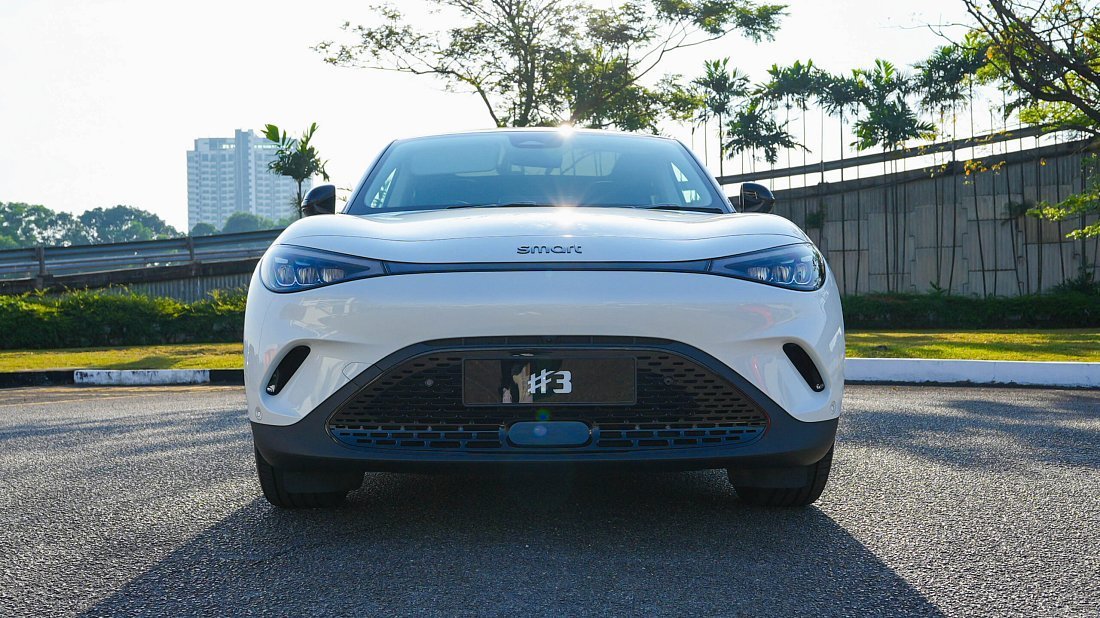
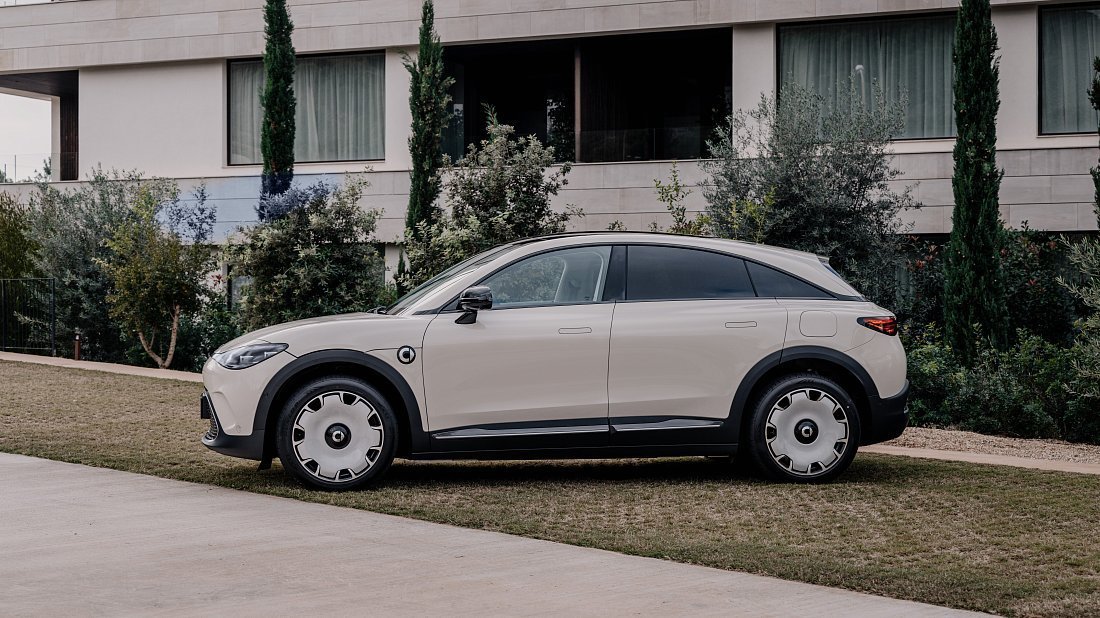


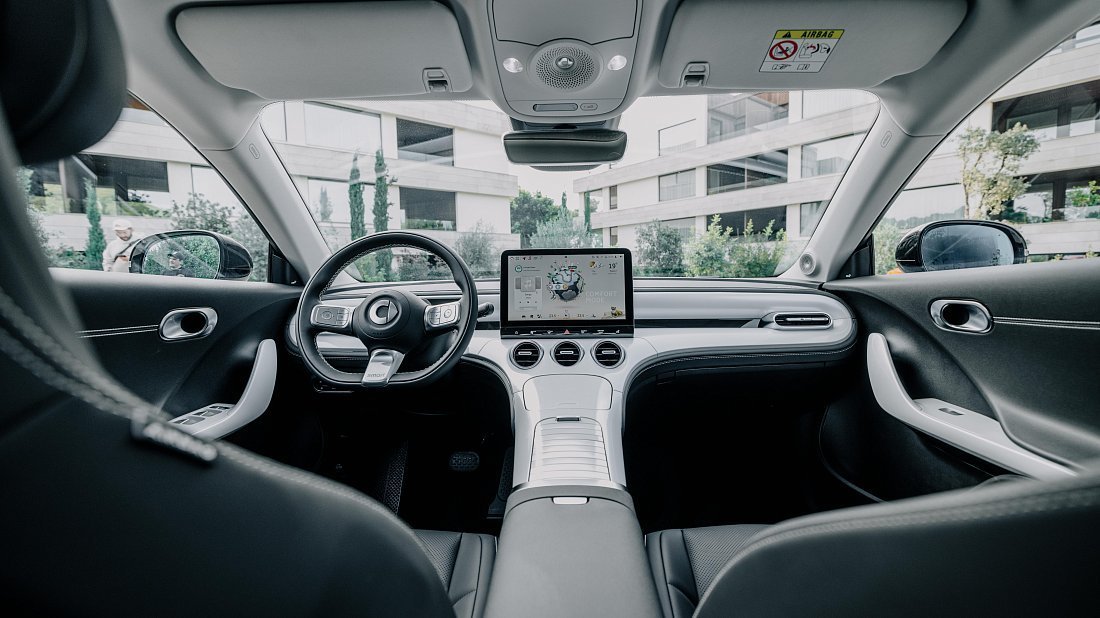
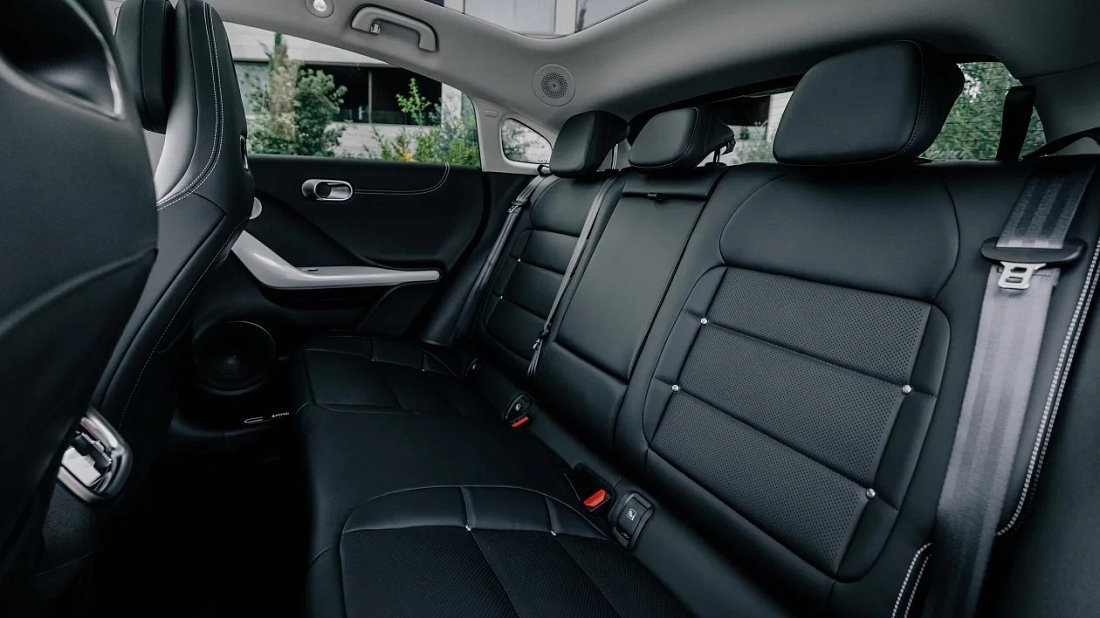

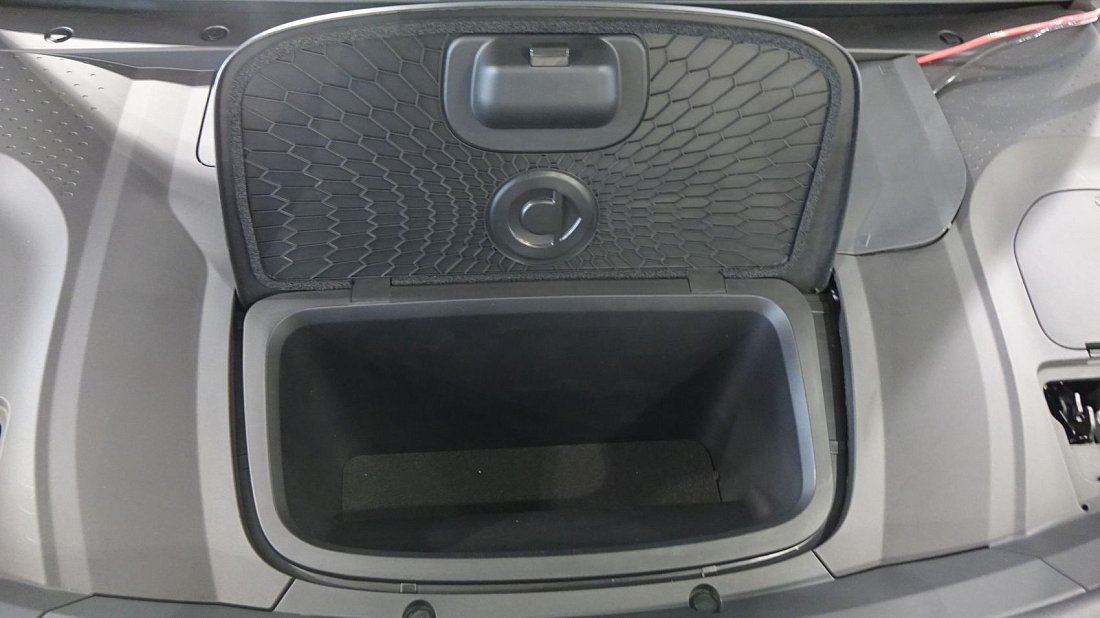
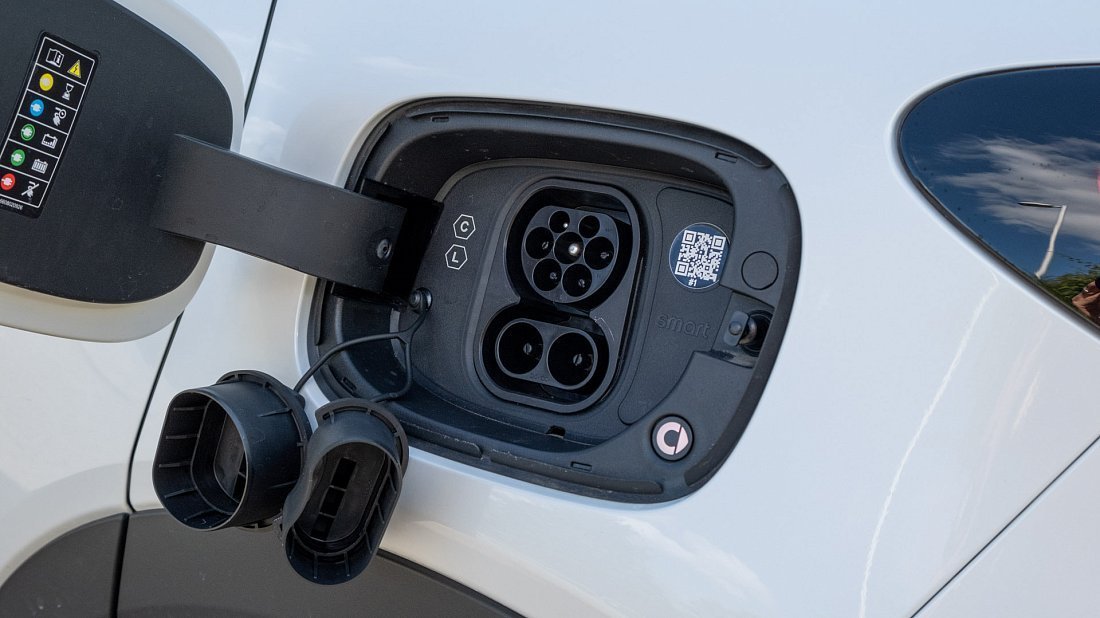
Overview
Main Overview Information
- Price Europe (New)
- €38.490
- Price Europe (Used)
- No Data
- Country of Manufacture
-
- China
![China China]()
- China
- Years of Production
- 2024-… (Produced)
- Body Style
- SUV
![]()
- Market Availability
- EU
Pros and Cons
Reasons to Buy
- Stylish coupé-SUV design
- Nippy urban acceleration
- Tech-rich modern interior
- Excellent safety rating
Reasons Not to Buy
- Modest real-world range
- Average AC charging
- Limited towing utility
- Compact cargo space
Overview
The Smart #3 Pro, starting at €38,490 new, is a fresh face in the compact electric SUV-coupé scene, blending quirky Smart charm with more grown-up practicality. Made in China for the European market, this RWD machine targets style-conscious urbanites and small families. The Pro trim serves as the entry point, offering a compelling package of design, tech, and decent electric punch without breaking the bank. It’s all about delivering that distinctive Smart experience in a more versatile, five-seater format, ready to zip through city streets and tackle the school run.
What's New for 2025?
For 2025, the Smart #3 Pro continues to establish its presence, having launched in 2024. As a relatively new model, the Pro trim primarily carries over its well-received features for the European market. The focus remains on offering a stylish and accessible entry into Smart's larger EV offerings. Any minor software tweaks or feature shuffling would be typical for a second model year, but major mechanical changes aren't expected for this specific trim. It solidifies its position as the gateway to Smart’s electric SUV-coupé experience.
Design & Exterior
The Smart #3 Pro turns heads with its swoopy SUV-coupé silhouette, a far cry from Smart's tiny city cars of old! It boasts smooth lines, a panoramic glass roof, and striking LED headlights and taillights that give it a modern vibe. The Pro trim keeps things stylish yet accessible. Dimensionally, it measures 4400mm in length, 1844mm wide (sans mirrors), and 1556mm tall, giving it a planted, sporty stance. It’s a funky and fresh design that stands out in the crowded crossover segment.
Interior, Tech & Cargo
Inside, the #3 Pro offers a surprisingly premium and playful cabin for five. Materials feel good, and the design is minimalist yet chic, dominated by a large 12.8-inch central touchscreen and a 9.2-inch digital driver’s display. Apple CarPlay and Android Auto are typically standard. Space is decent for a compact SUV, and practicality is boosted by a 370-litre boot, expanding to 1160 litres with seats down. Plus, there’s a handy 15-litre frunk for stashing charging cables! It’s a cool, connected space.
Performance & Driving Experience
The Smart #3 Pro packs a surprising punch with its rear-wheel-drive setup! Its single Permanent Magnet Synchronous Motor delivers a healthy 200 kW and 343 Nm of torque, whisking you from 0-100 km/h in a brisk 5.9 seconds – plenty nippy for city dashes and overtakes. Top speed is 180 km/h. The ride is generally comfortable, geared more towards urban cruising than outright B-road bashing, but it handles neatly. Multiple regenerative braking modes allow for one-pedal driving, enhancing efficiency and engagement.
Range, Battery & Charging
Powering the #3 Pro is a 47 kWh (usable) battery pack, delivering a Green Cars Compare calculated real-world range of 276 km. Its efficiency is rated at a decent 5.87 km/kWh. For charging, the standard 7.4 kW AC on-board charger will top it up in around 6-7 hours. When you're out and about, the CCS Type 2 port supports DC fast charging at up to 130 kW, meaning a 10-80% boost can be done in roughly 30 minutes. Perfect for keeping those urban adventures rolling!
Safety & Driver-Assistance Features
Safety is a strong suit for the Smart #3 Pro, boasting an impressive 5-star Euro NCAP rating. Standard kit on the Pro trim typically includes essentials like automatic emergency braking, lane keeping assist, and adaptive cruise control. You'll also find traffic sign recognition and parking sensors (front and rear). While some super-advanced features might be reserved for higher trims or option packs, the Pro ensures a solid foundation of safety tech to keep you and yours protected on the road.
Warranty & Maintenance Coverage
Smart typically offers a competitive warranty package in Europe. Expect a basic vehicle warranty of around 3 years/100,000 km. Crucially, the high-voltage battery usually gets a more extensive 8-year/160,000 km warranty, guaranteeing at least 70% of its original capacity. Powertrain warranty often aligns with the vehicle's. Maintenance is generally minimal thanks to the EV architecture – no oil changes here! Just keep an eye on tyres, brakes, and coolant, making for potentially lower running costs over time.
Previous Generation
There are no earlier versions of this carNext Generation
There are no newer versions of this carSimilar Electric Cars
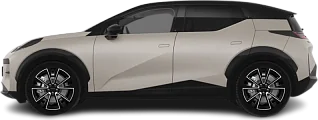
- Produced
- 2025-…
- Real Range
- 281 km
- 0-100 km/h
- 5.9 s
- Price (Europe)
- €38.990
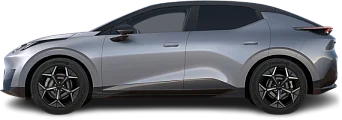
- Announced
- 2025-…
- Real Range
- 385 km
- 0-100 km/h
- 5.5 s
- Price (Europe)
- €35.995
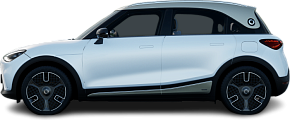
- Produced
- 2024-…
- Real Range
- 357 km
- 0-100 km/h
- 6.7 s
- Price (Europe)
- €39.990
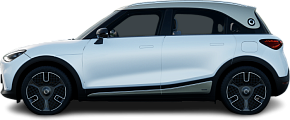
- Produced
- 2024-…
- Real Range
- 264 km
- 0-100 km/h
- 6.7 s
- Price (Europe)
- €34.990
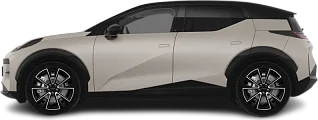
- Produced
- 2023-…
- Real Range
- 379 km
- 0-100 km/h
- 5.6 s
- Price (Europe)
- €43.490
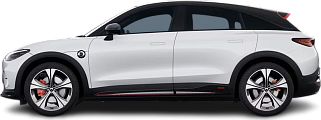
- Produced
- 2024-…
- Real Range
- 370 km
- 0-100 km/h
- 5.8 s
- Price (Europe)
- €43.490
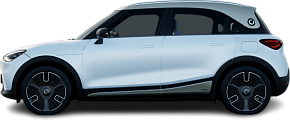
- Produced
- 2023-…
- Real Range
- 264 km
- 0-100 km/h
- 6.7 s
- Price (Europe)
- €37.490
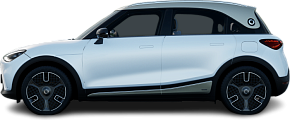
- Produced
- 2023-…
- Real Range
- 374 km
- 0-100 km/h
- 6.7 s
- Price (Europe)
- €44.990
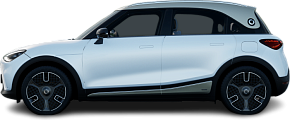
- Produced
- 2023-…
- Real Range
- 357 km
- 0-100 km/h
- 6.7 s
- Price (Europe)
- €42.490


